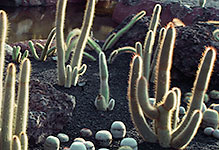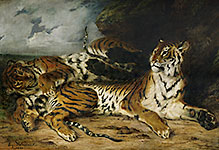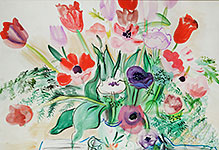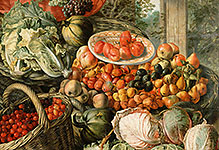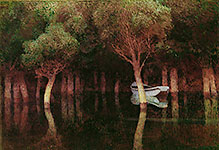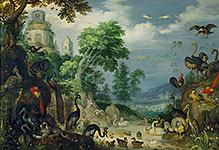
Nature
Plants and flowers. More - trees, fruits, animals etc. - to be added soon!

#03010226
Paintings from the tomb of Metjetji Around 2350 BCE (beginning of the 6th dynas...

#03010230
Entrance to the Serapeum where the sacred bulls of Apis were buried. Archeologis...

#03010233
Painted bust of young Pharaoh Tutankhamun (1346-1337 BCE) with lotus leaf shaped...

#03010235
Reverse side of the throne of Pharaoh Tutankhamun (1346-1337 BCE) with four gold...

#03010238
Gold vase with corn-shaped decorations and engraved with lotus and flowers. Za...

#03010239
Head of a falcon. This is a votive object belonging to a gold statue of the fal...

#03010242
Servant wearing panther skin offering lotus to God Osiris (depicted with flail a...

#03010246
Book of the Dead: Papyrus of Heruben. (Book of the Dead - collection of funerar...

#03010252
North portal of the Baouit-chapel. Carved stone, Corinthian capitals. The lint...

#03010253
North portal of the Baouit-chapel. Carved stone, Corinthian capitals. The lint...

#03010255
Coptic textile,fabulous animal. 10 x 11 cm

#03010258
Sandstone frieze from the first cathedral at Faras, Sudan, early 7th. The sands...
